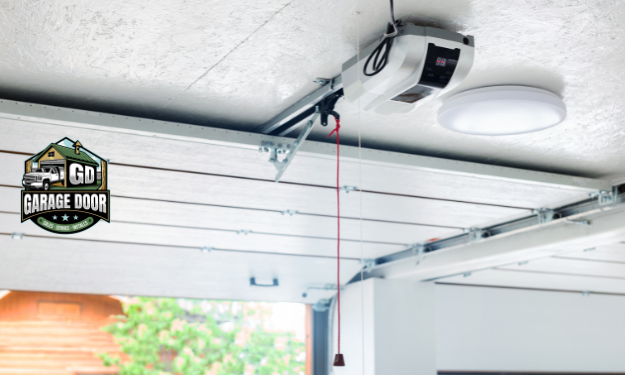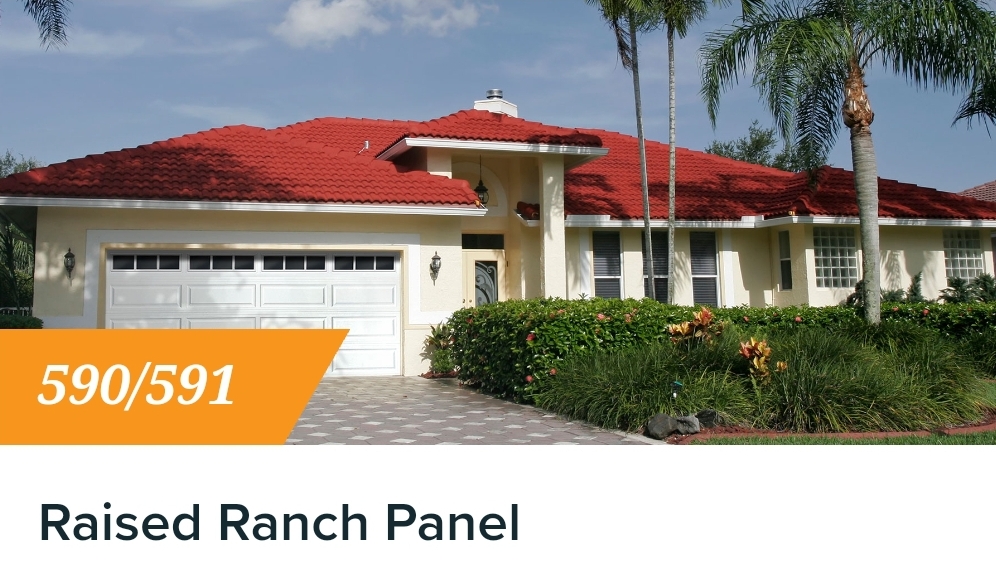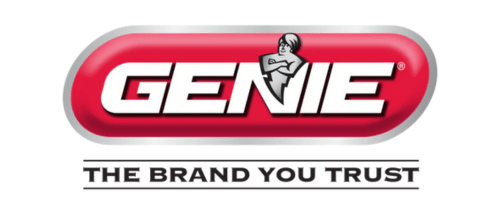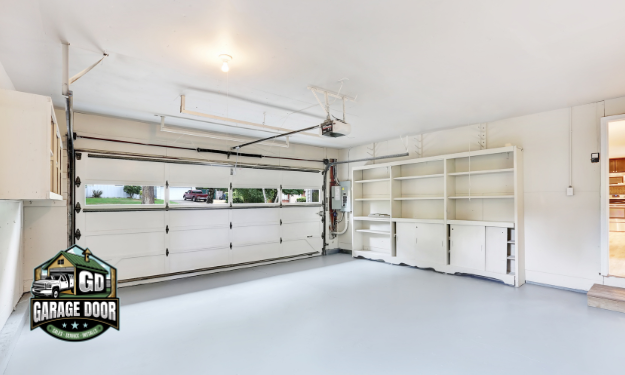Garage Door Panel Replacement
Proper installation, maintenance and repairs are pertinent for smooth garage access, avoiding injuries or damage and extending system longevity.
Garage Door Repair Service - Components of Garage Doors: Panels, springs (torsion and extension springs), cables, rollers, tracks, hinges, openers, remotes, weather stripping.
- Customer Service Elements: Free estimates, warranties, emergency services, customer support, service packages.
- Garage Door Types: Sectional doors, roll-up doors, slide to the side doors, side-hinged doors, tilt-up canopy doors, tilt-up retractable doors.
- Environmental Impact: Eco-friendly materials, recycling old doors, energy-efficient models.



